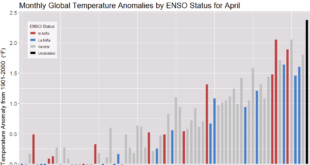 The Our World in Data article How do CO2 emissions compare when adjusted for trade by Hannah Ritchie (10/7/2019) answers the question.
The Our World in Data article How do CO2 emissions compare when adjusted for trade by Hannah Ritchie (10/7/2019) answers the question.
To calculate consumption-based emissions we need to track which goods are traded across the world, and whenever a good was imported we need to include all CO2 emissions that were emitted in the production of that good, and vice versa to subtract all CO2 emissions that were emitted in the production of goods that were exported.
Consumption-based emissions reflect the consumption and lifestyle choices of a country’s citizens.
The map copied here show consumption CO2 emissions per capita. As some countries consume more than they produce this this may be a more accurate way to compare CO2 emissions.
We see that the consumption-based emissions of the US are higher than production: In 2016 the two values were 5.7 billion versus 5.3 billion tonnes – a difference of 8%. This tells us that more CO2 is emitted in the production of the goods that Americans import than in those products Americans export.
The opposite is true for China: its consumption-based emissions are 14% lower than its production-based emissions. On a per capita basis, the respective measures are 6.9 and 6.2 tonnes per person in 2016. A difference, but smaller than what many expect.
The article has seven charts with data including time series data.
